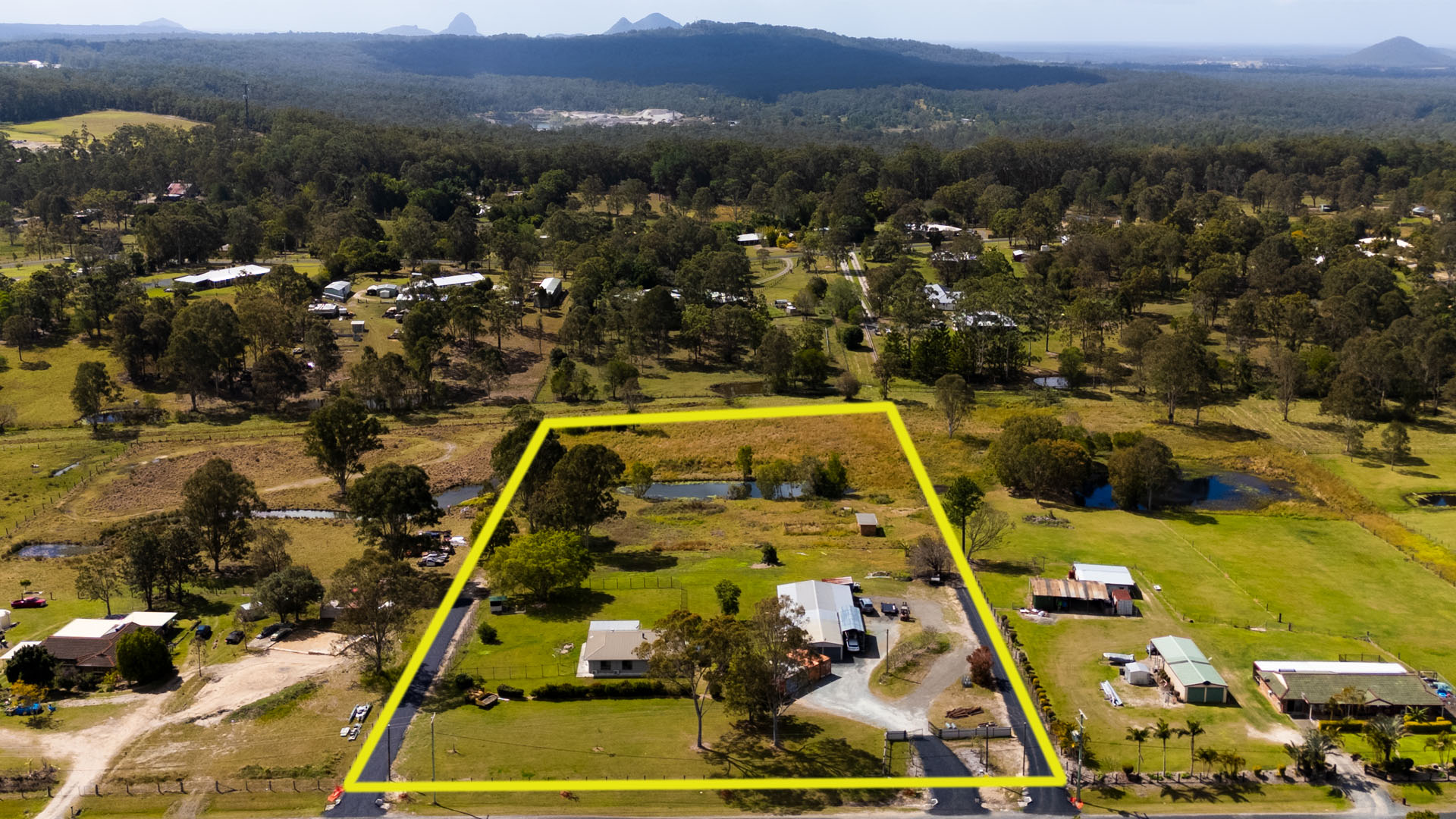Property Prices Set to BOOM Off the Back of Immigration
The continued influx of overseas migrants, peaking in the first three months of each year and currently at an all-time high, with over 500,000 migrants in the past 12 months, adds to the generic pressure outlined in this article, equivalent to POPULATING A CITY LARGER THAN CANBERRA. Find out how you can benefit from this.
Why Join the REAL ESTATE Adventure (JtA)? YOUR REAL ESTATE GOALS ARE OURS: At our core, we’re not just a real estate service; we’re your dedicated partners in achieving your property aspirations. Your dreams are the compass guiding our every step. From selling or finding the perfect home to maximising property investments, we are committed to making your real estate goals our collective mission for success and fulfillment. REIQ TRAINED AND ACCREDITED
Australia looks to be on the verge of a remarkable upswing in property values, with evidence indicating the potential for capital growth rates that have never been witnessed before. Despite a series of interest rate increases in 2023, buyer confidence has steadily improved throughout the year.
- Get Professional Advice: Reach out to a licensed property specialist – CLICK HERE or see the form below.
Ignoring variations in individual market performance from city to city, Australian house values surged by 8 percent over the first 10 months of 2023, an annualised rate of 9.6 percent. This points to a thriving property market in the country.
The rate of growth in real estate values is poised to intensify further, with a logical and objective assessment of the available data suggesting that the first quarter of 2024 may yield an unusually high rate of growth. Annualised growth rates of an astounding 20+ percent is not out of the question for select locations.
The window into this potential boom is just weeks away, and those able to sign real estate contracts in the coming months may reap substantial benefits from the market’s predicted surge in activity in Q1 2024.
Here are some key reasons why:
1. Accelerating Growth Rates: Official data has confirmed a significant acceleration in growth rates. For instance, between August and October, median house values in four out of eight capital cities saw annualised capital growth rates ranging from 10 to 18 percent, which is extraordinary.
2. Low Property Supply: A major factor underpinning the robust growth in asset values in 2023 is the limited supply of properties listed for sale. At a national level, the 245,000 properties listed for sale in September 2023 are a substantial 27 percent less than the same period five years earlier, despite a larger population.
3. Reduced Supply Volumes: Over the next two months, supply volumes are expected to decrease by another 10 percent. December and January typically see lower new listing volumes as vendors focus on other seasonal activities.
4. January Confidence: January is traditionally a month when people recharge and set goals for the year, which often includes buying homes. Buyers in January will have more confidence due to a stabilised interest rate environment.
5. Increased Demand: A surge in buyer activity starting mid-January 2024, coupled with limited supply listings, will likely exert upward pressure on asset values in Q1 2024.
In addition to these factors, the continued influx of overseas migrants, with the first three months of each year experiencing the largest intake, is contributing to the market’s vitality. The rental market is also highly active during this period.
Moreover, historical evidence indicates that the best-performing property markets are typically found in regional townships, more so than capital cities.
Australian banks have also recently published their 2024 forecasts for capital city house prices. Macquarie Bank and AMP anticipate 7 percent growth in asset values, while ANZ, CBA, and NAB each predict 5 percent. Westpac forecast 4 percent growth. These predictions represent a more positive outlook compared to previous years.
CBA, for instance, has increased its Loan-to-Value Ratio (LVR) appetite to a maximum of 95 percent to attract a larger share of loans for property investors, indicative of the banks’ confidence in asset value growth and robust rental income streams.
Meanwhile, NAB indicated that property prices were being upheld by a notable disparity between supply and demand, even in the face of increasing interest rates and diminished borrowing capacity. Furthermore, they anticipated the continuation of robust population growth and a thriving job market in the immediate future.
It is noteworthy that this time last year, these same banks predicted real estate value declines of between 3 and 10 percent for the 2023 calendar year. The actual 9 percent growth realised in 2023 was significantly more positive than the initial expert forecasts, suggesting that the 5 to 7 percent growth predicted for the 2024 calendar year may translate to a substantial 20+ percent growth.
With all the evidence considered, it appears that the super-boom window for the Australian housing market is just weeks away, offering an unprecedented opportunity for investors and homebuyers alike.





Leave a Reply
You must be logged in to post a comment.